Infusing Herbs into Lotions: Alchemy, Methods, and Plant Pairings
Herbs are the soul of botanical skincare. But unlocking their gifts takes more than stirring dried leaves into water or oil. Thoughtful infusion techniques, matched with the right formulation architecture, can transform a simple lotion into a delivery system for antioxidant protection, barrier support, and energetic resonance. In this post, we’ll weave science and herbalism to transform your formula into a vessel for botanical wisdom.
The Anatomy of a Lotion: Phases & Herbal Portals
A lotion’s emulsion architecture dictates where herbs can go—and how their actives migrate into the skin. Think of each phase as a distinct opportunity for herbal infusions:
Water Phase– Carrier for aqueous (water-based) infusions, decoctions and hydrosols
Delivers flavonoids, tannins, polysaccharides, water-soluble vitamins
Favorite herbs: chamomile, calendula, lavender, rose, neroli (orange blossom)
Oil Phase– Vessel for herbal-infused oils and butters
Transports fatty acids, sterols, lipid-soluble vitamins
Favorite herbs: comfrey, rosehip, plantain
Cool-Down Phase– Late-additions: glycerites, heat sensitive extracts, and essential oils (EO)
Preserves heat-sensitive compounds, fine-tunes aroma, boosts preservation
Favorite herbs: rose (glycerite), green tea (extract), lavender (EO)
**Formulator’s Tip: Always track infusion temperatures and pH. Most water-soluble actives begin to degrade above 60°C, while essential oils can volatize above 40°C.
To learn more about the composition of lotions and creams check out my post, Lotions vs Creams: The Cosmetic Chemistry of Natural Skincare.
Phases of a lotion formula
Herbal Extraction Methods: Chemistry Meets Energetics
1. Aqueous Infusion
Aqueous infusions are among the gentlest extraction methods, ideal for capturing water-soluble phytochemicals like flavonoids, tannins, glycosides, and trace volatile oils. The moderate temperature range (60–80 °C) minimizes degradation of delicate aromatics and preserves the plant’s subtle bioactivity. This method mirrors traditional tea-making and is especially suited to aerial parts—leaves and flowers—that yield their gifts with gentle ease.
Use for: Calendula, Chamomile, Lemon Balm, Linden, Violet Leaf
Prep: Steep dried herbs in distilled water (60–80 °C) for 10–30 minutes, covered to retain volatiles.
Benefits:
Anti-inflammatory and calming (flavonoids like apigenin in chamomile)
Mild antioxidant support (polyphenols in lemon balm and calendula)
Gentle hydration and toning via tannins
Energetics: Calendula’s solar warmth encourages cellular renewal and lymphatic flow. Chamomile’s lunar coolness soothes reactive skin and emotional unrest. Linden adds a heart-softening sweetness, while violet leaf offers quiet, moistening support for overheated or congested skin.
2. Decoction
Decoctions are designed for tougher plant materials—roots, barks, seeds—that require sustained heat to release their mucilaginous polysaccharides, minerals (like silica and calcium), and complex carbohydrates. These constituents contribute to skin barrier support, hydration, and resilience. The simmering process also liberates trace alkaloids and bitter principles that may support circulation and detoxification.
Use for: Marshmallow Root, Burdock, Horsetail, Solomon’s Seal, Licorice Root
Prep: Simmer chopped herbs in water for 20–60 minutes; strain when slightly viscous.
Benefits:
Deep hydration via mucilage (e.g., arabinogalactans in marshmallow)
Mineral replenishment (silica from horsetail, iron from burdock)
Anti-inflammatory and adaptogenic support (glycyrrhizin in licorice)
Energetics: Marshmallow’s moist sweetness mirrors the skin’s need for lubrication and softness. Horsetail’s grounding mineral profile strengthens connective tissue energetically and physically. Solomon’s Seal offers supple restoration to joints and fascia, while burdock gently detoxifies and clears stagnation.
Check out my guide on how to make herbal decoctions and infusions to learn more!
3. Oil Infusion
Oil infusions harness lipophilic compounds—fatty acids, sterols, triterpenoids, and fat-soluble vitamins (like A and E)—that support skin repair, elasticity, and barrier function. Cold maceration protects fragile aromatics and polyphenols, while gentle heat can accelerate extraction of denser lipids and resinous compounds. Carrier oils like jojoba and sunflower act as both solvents and skin-compatible delivery systems.
Use for: Comfrey, Plantain, Lavender, Calendula, St. John’s Wort
Prep: Macerate dried herbs in carrier oil for 2–4 weeks (cool method), or heat gently at 40–50 °C for 6–12 hours.
Benefits:
Emollient and reparative (allantoin in comfrey, aucubin in plantain)
Anti-inflammatory and antimicrobial (lavender’s linalool, calendula’s faradiol esters)
Supports lipid barrier and reduces TEWL
Energetics: Comfrey’s earthy depth knits tissues and soothes micro-trauma. Plantain cools and clears heat while offering subtle astringency. St. John’s Wort brings solar clarity and nerve-soothing warmth, especially in trauma or tension-prone skin.
Check out my guide on making oil and butter infusions for a detailed breakdown of each step!
4. Glycerite & Tincture Additions
Non-alcoholic plant extracts—especially glycerites and hydroglyceric (water and glycerin) extracts—offer a gentle, skin-compatible way to incorporate heat-sensitive phytoactives into emulsions. These extracts preserve flavonoids, glycosides, and trace alkaloids while maintaining the plant’s aromatic and energetic integrity. Glycerin acts as both a solvent and humectant, enhancing hydration and dermal absorption. Added during the cool-down phase (below 40 °C), these extracts retain their full spectrum of therapeutic and sensory benefits.
Use for: Rose, Milky Oats, Gotu Kola, Tulsi, Blue Vervain, Passionflower, Chamomile
Prep: Incorporate 0.5–3% glycerite or hydroglyceric extract once lotion cools below 40 °C. For distillates, use up to 10% as part of the water phase or post-emulsion.
Benefits:
Nervine and mood-supportive (avenanthramides in oats, apigenin in chamomile)
Skin tone and microcirculation enhancement (triterpenoids in gotu kola)
Hydration boost and aromatic complexity
Preserves volatile compounds and emotional resonance
Energetics: Rose glycerite uplifts and softens the heart, offering emotional spaciousness. Milky oats restore depleted nervous pathways and bring gentle resilience. Tulsi’s sacred clarity protects and energizes, while blue vervain calms mental overactivity and tension held in the skin. Passionflower adds a dreamy softness, easing restlessness and inviting surrender.
Learn how to make your own glycerites with my how to guide!
Plant Pairings: Matching Herbs to Lotion Intent
Create botanical harmony by aligning your skin goal with corresponding plants and extraction styles:
Calming and Anti-Inflammatory
Chamomile (aqueous infusion or hydrosol)
Calendula (aqueous infusion or hydrosol)
Marshmallow (decoction or hydroglyceric extract)
Barrier Support and Repair
Comfrey (oil infusion)
Plantain (oil infusion)
Rosehip (oil infusion or pressed oil)
Brightening and Antioxidant Protection
Green Tea (low-temp infusion)
Hibiscus (aqueous infusion)
Tulsi (aqueous infusion)
Emotional and Nervine Support
Milky Oats (glycerite)
Rose (glycerite or hydrosol)
Chamomile (hydroglyceric extract or hydrosol)
Circulation and Revitalization
Rosemary (essential oil blend)
Ginger (essential oil blend)
Mint (essential oil blend)
*Synergy Example: Chamomile in the water phase + calendula-infused oil + rose glycerite = layered anti-inflammatory, barrier-repair, and heart-opening support.
Infusion in Practice: A Formulator’s Roadmap
Prepare Water Phase: Craft your infusion or decoction; cool to < 55°C before emulsification.
Prepare Oil Phase: Heat carrier oils with chosen lipid-infused oils; melt butters if using.
Emulsify: Using an immersion blender, blend oil into water at 55–60°C with your emulsifier of choice.
Cool-Down Additions: Below 40 °C, stir in glycerites, other extracts, essential oils, humectants, and preservatives.
pH check: Check pH (5.0–6.0); adjust if needed and ensure a robust preservative system.
Packaging and Storage: Use amber or UV-blocking containers; refrigerate if working preservative-free.
Listening to the Plants
Infusing herbs into lotions is more than a recipe—it’s an invitation to dialogue with the living essence of plants. Each extraction method offers a distinct voice: the whisper of a violet leaf steeped in spring water, the grounded hum of burdock simmered into a decoction, the sunlit embrace of calendula suspended in golden oil. When chosen with intention and layered thoughtfully into your emulsion, these extracts transform skincare into herbal medicine.
Whether you’re crafting for calm, repair, radiance, or emotional resonance, the key lies in understanding both the phytochemistry and the energetics of your herbs. Let your formulation architecture guide you: water phase for hydration and clarity, oil phase for nourishment and protection, cool-down for sensitive actives.
As you experiment, document, and refine, remember that herbal skincare is iterative. It’s a living practice shaped by season, skin, and needs. And with each infusion, you’re not just making lotion, you’re weaving a botanical story…

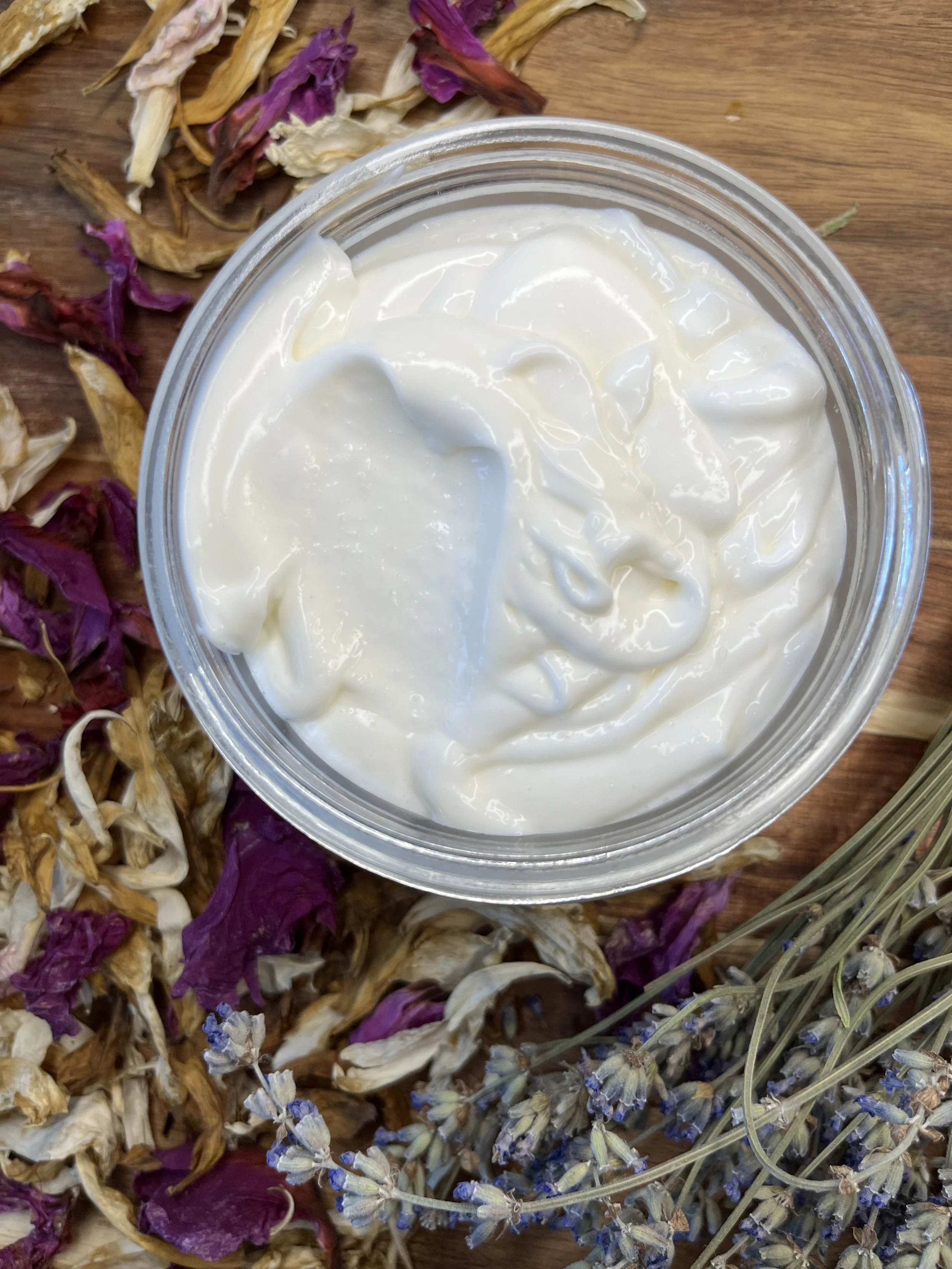
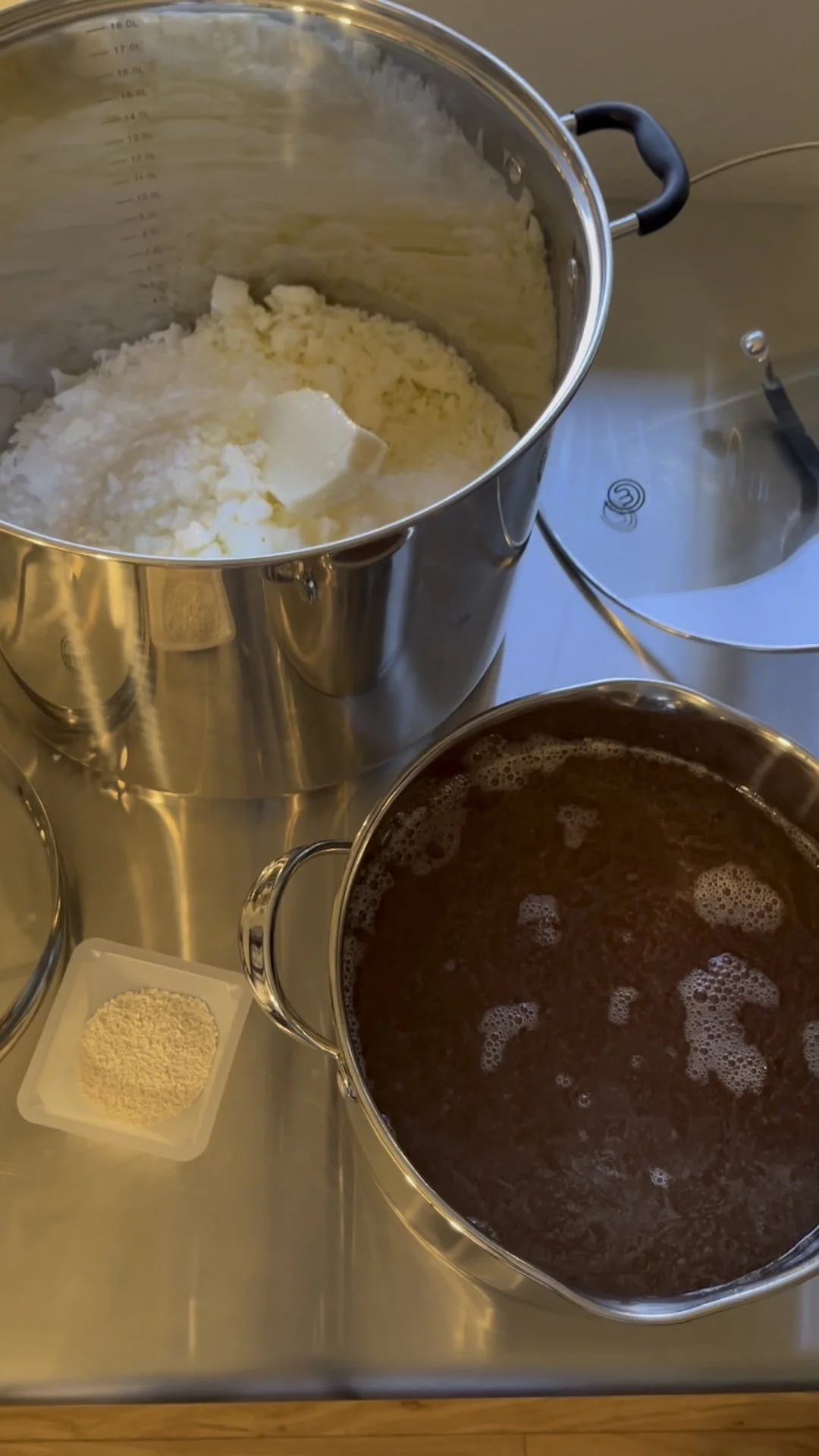
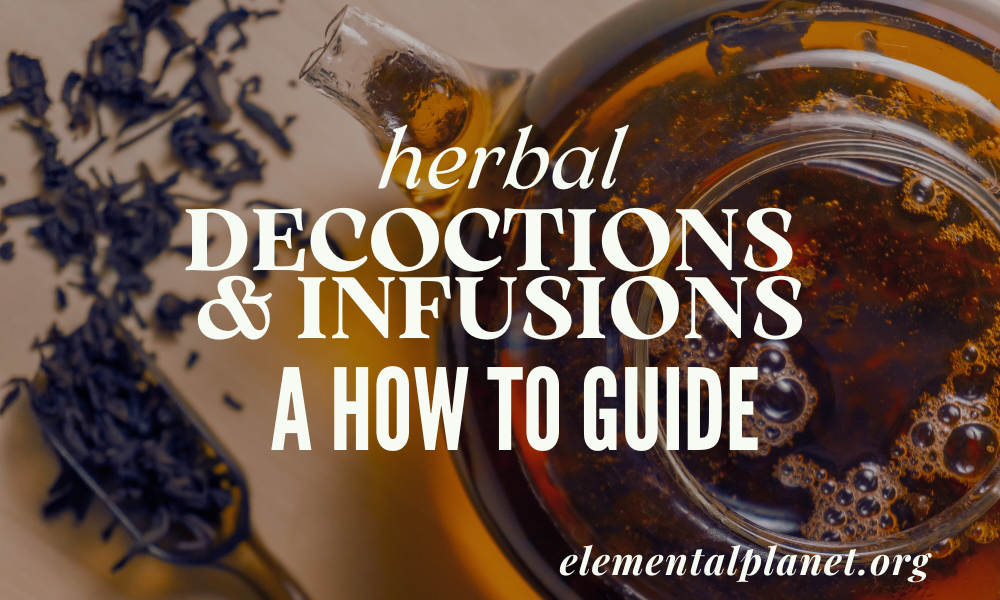









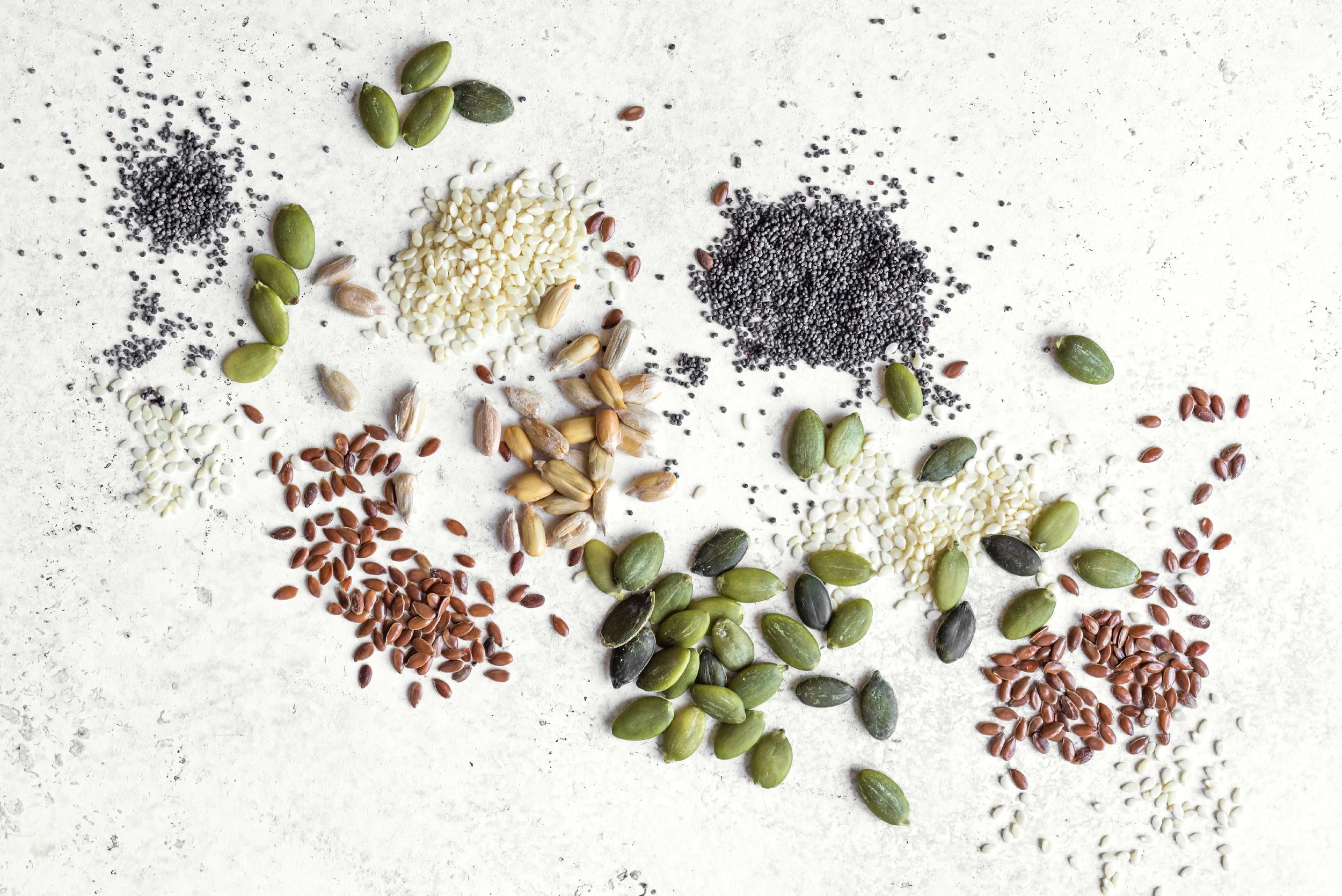
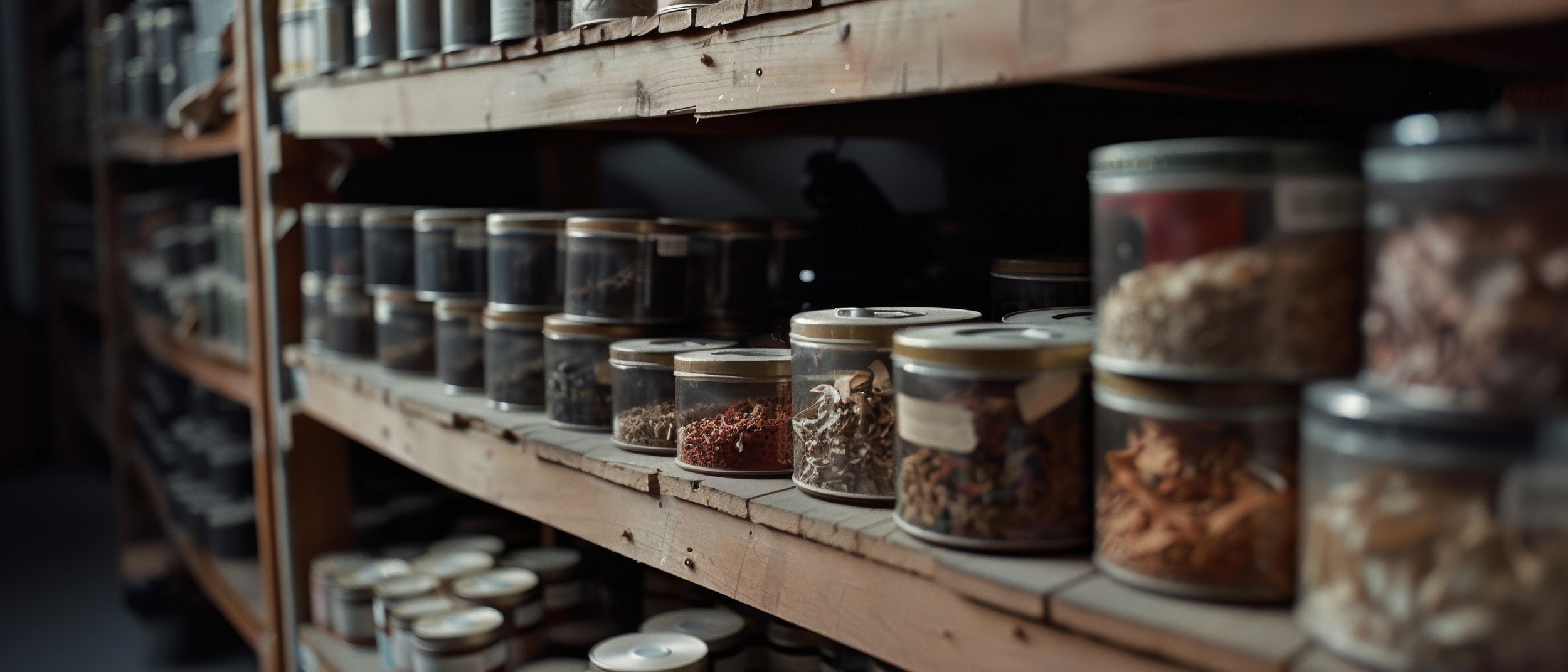
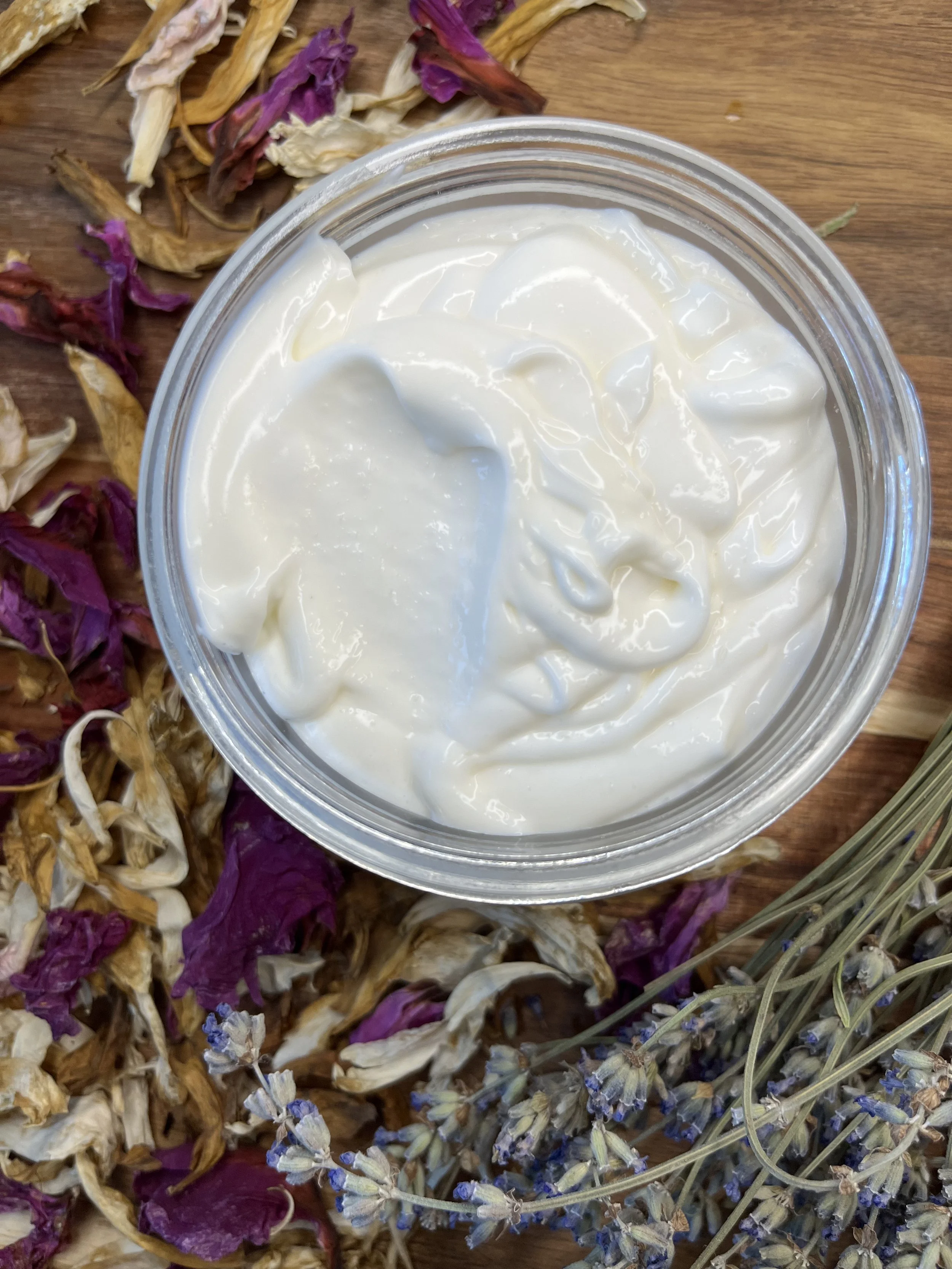
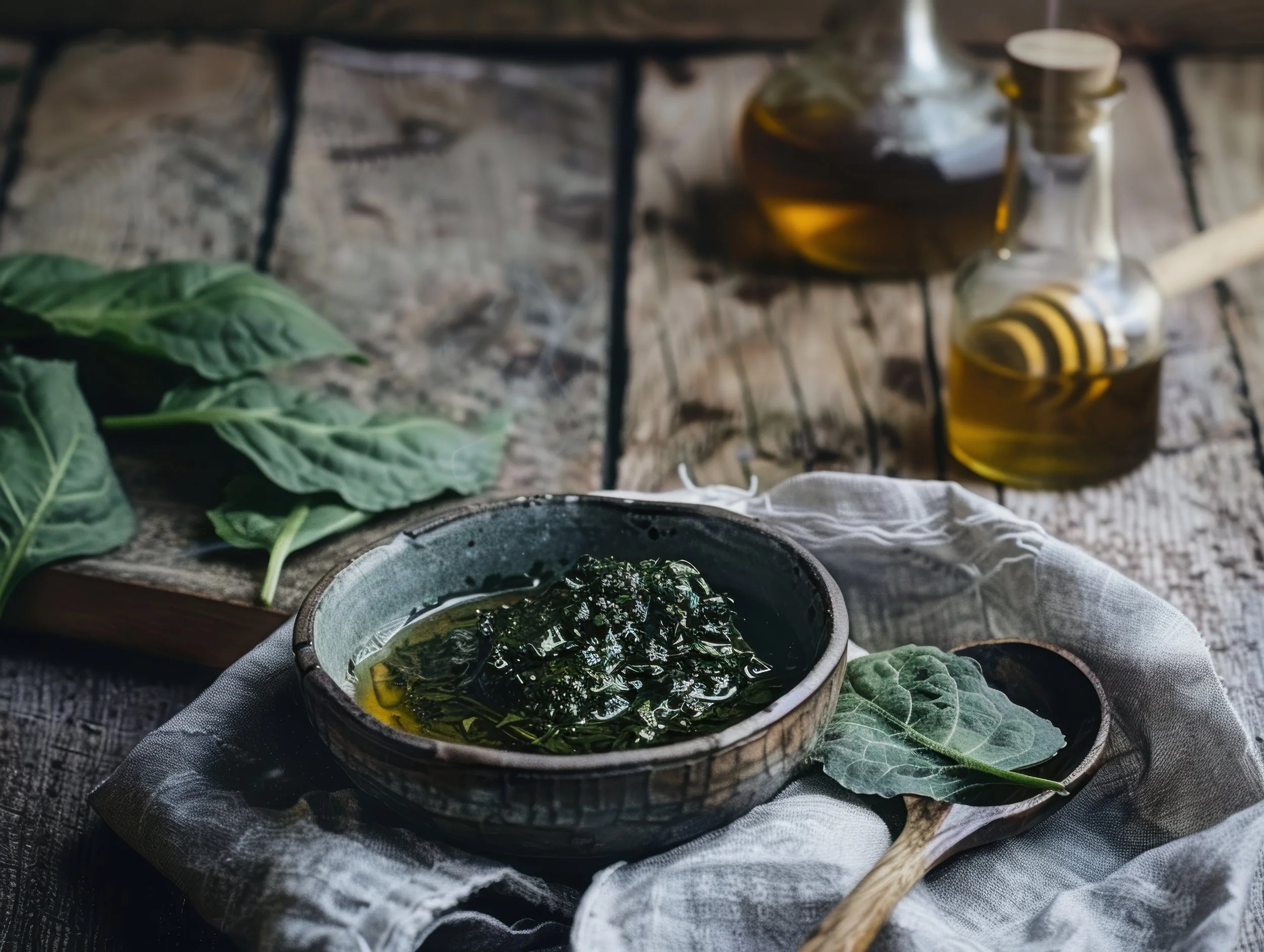
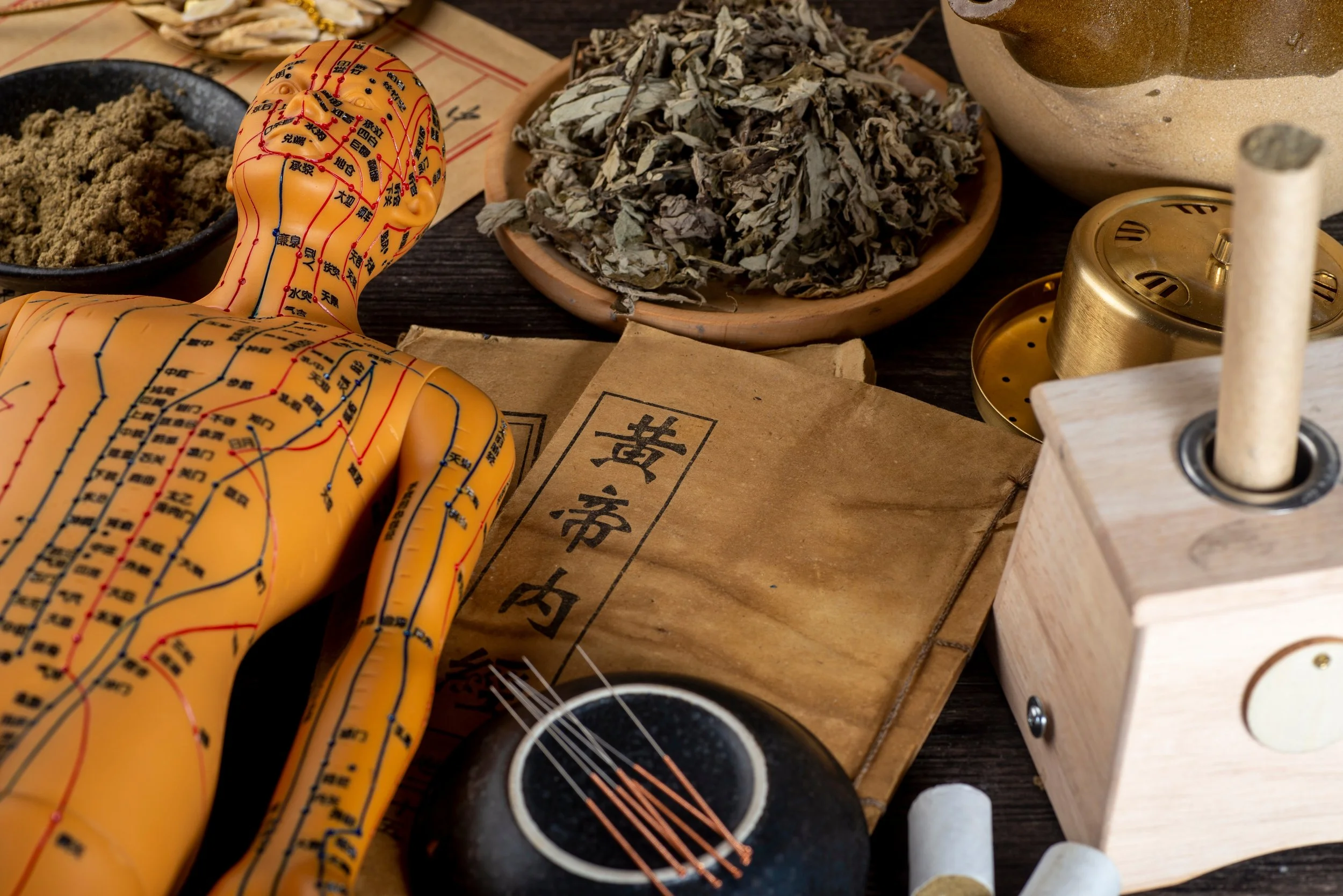
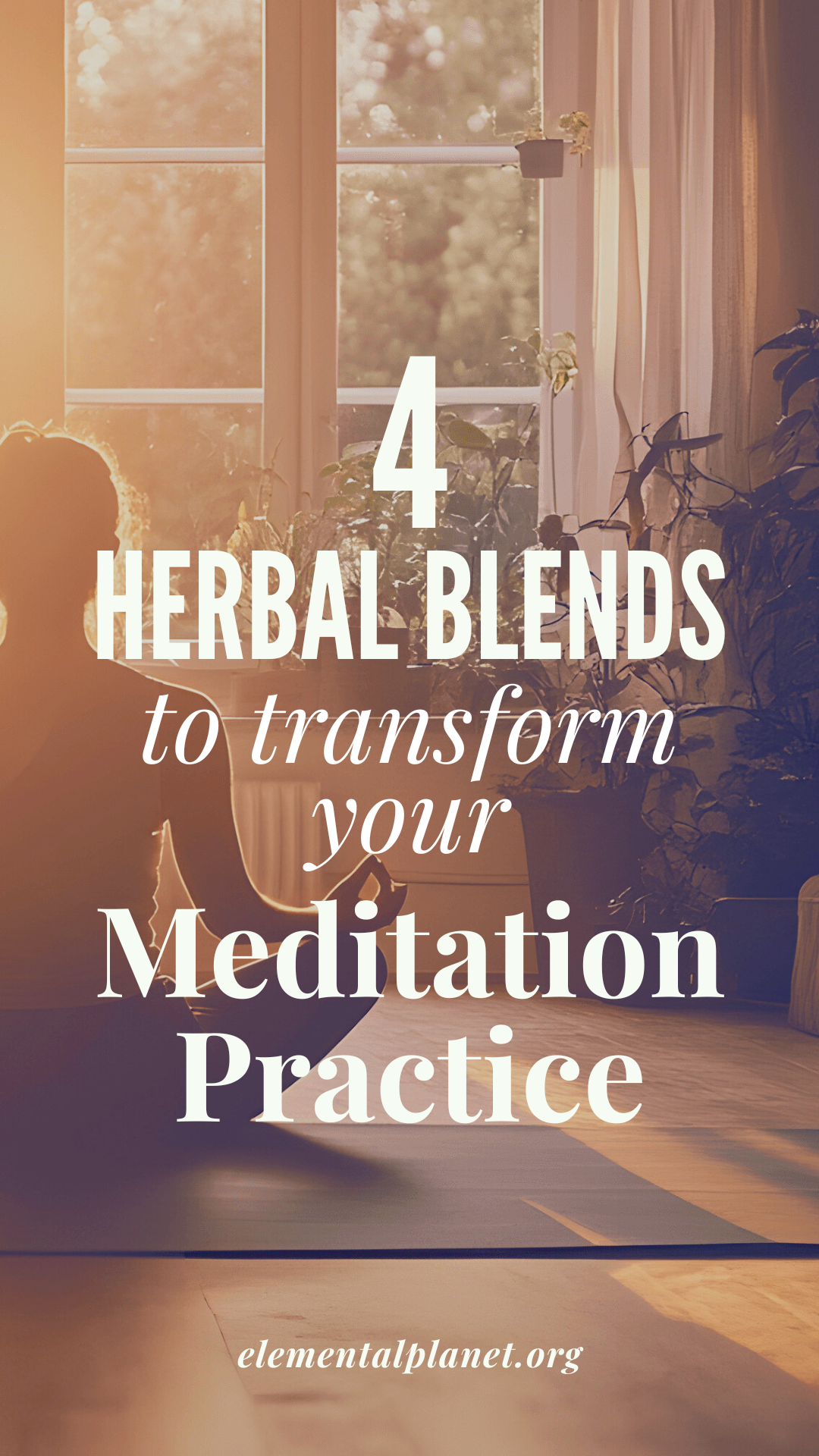



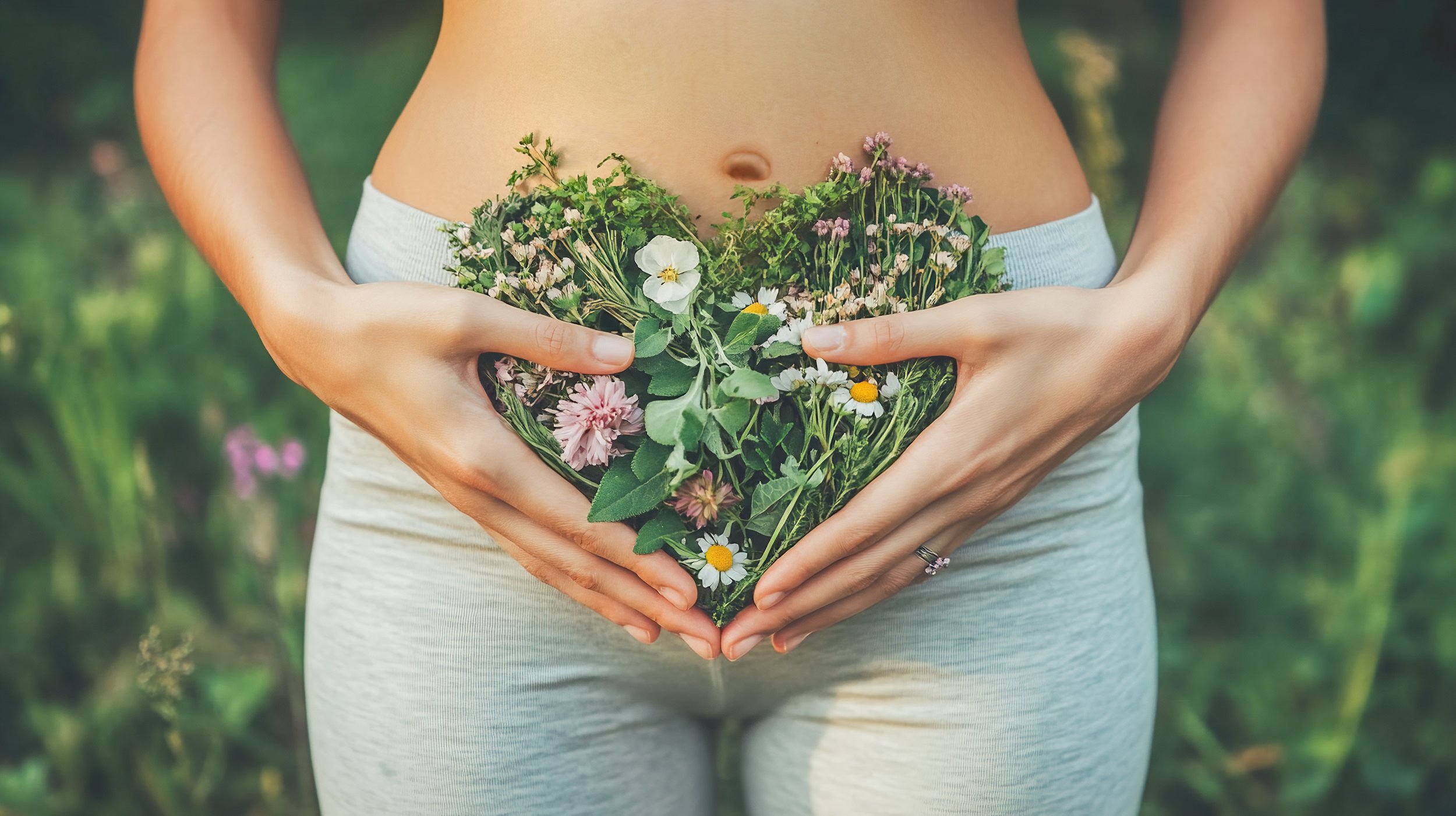
Hello and welcome! I'm Eve, a Chemist turned Herbalist, sharing the wonders of plant medicine and botanical skincare. Join me on this journey to Learn, Create, and Align your Divine!